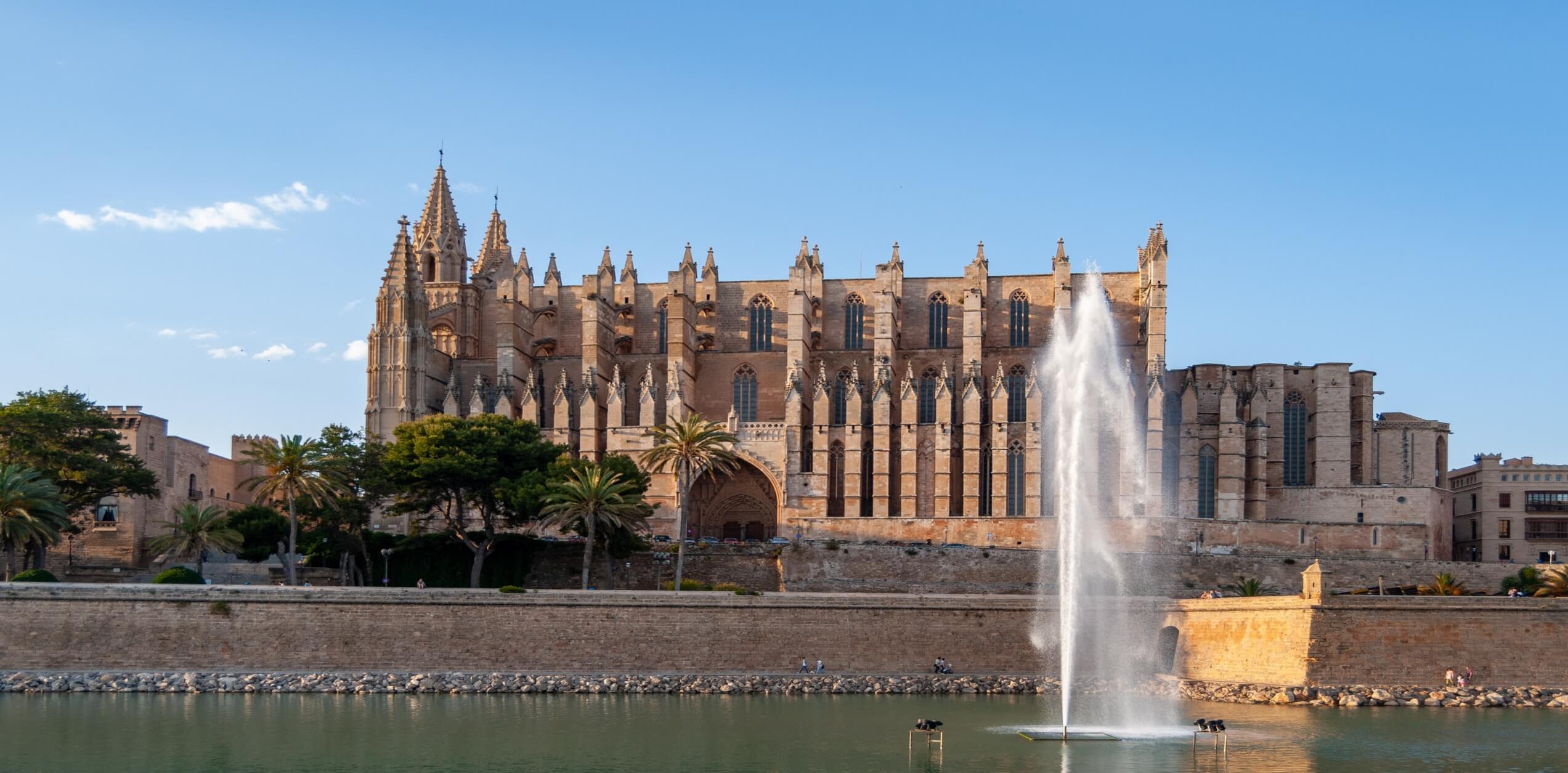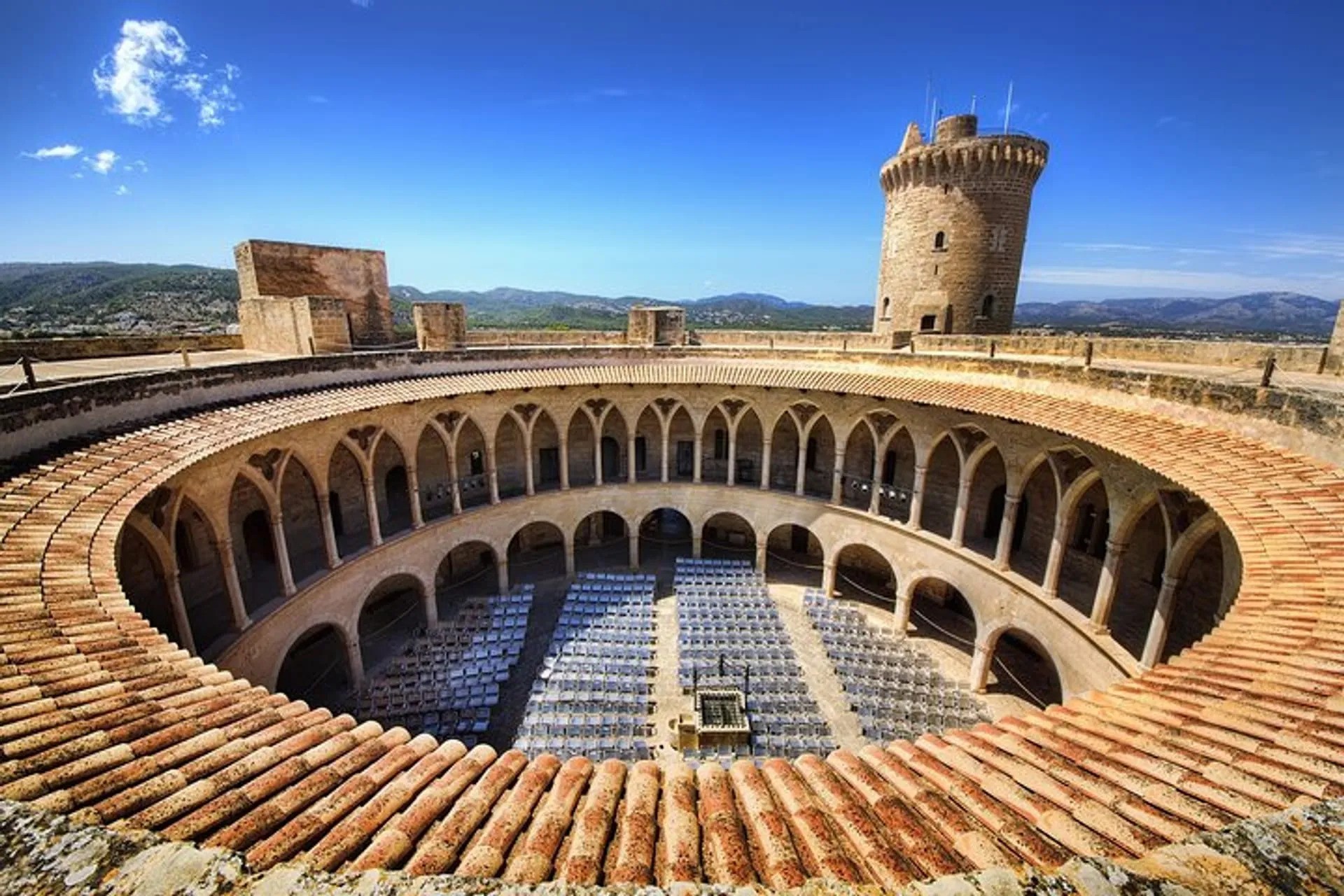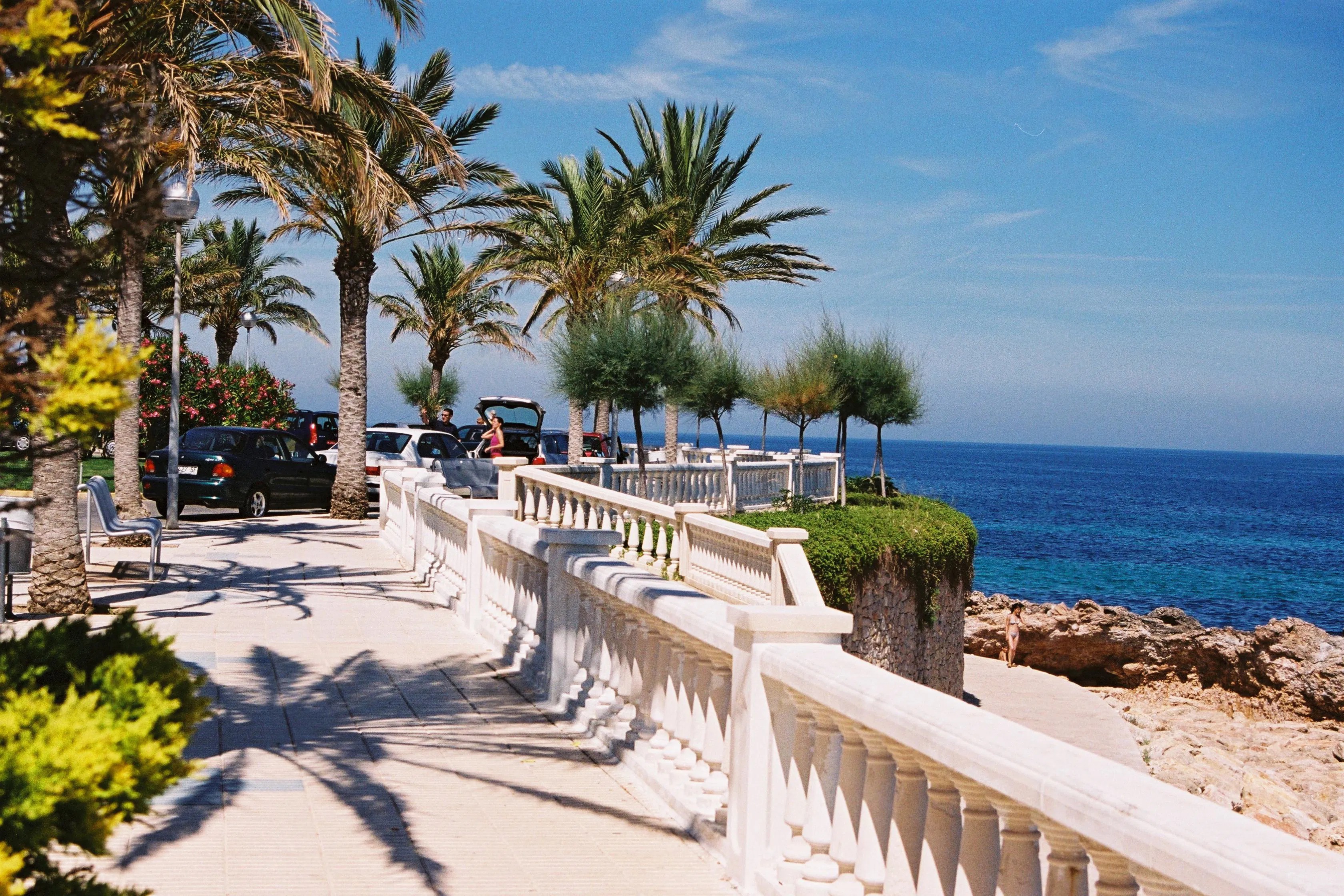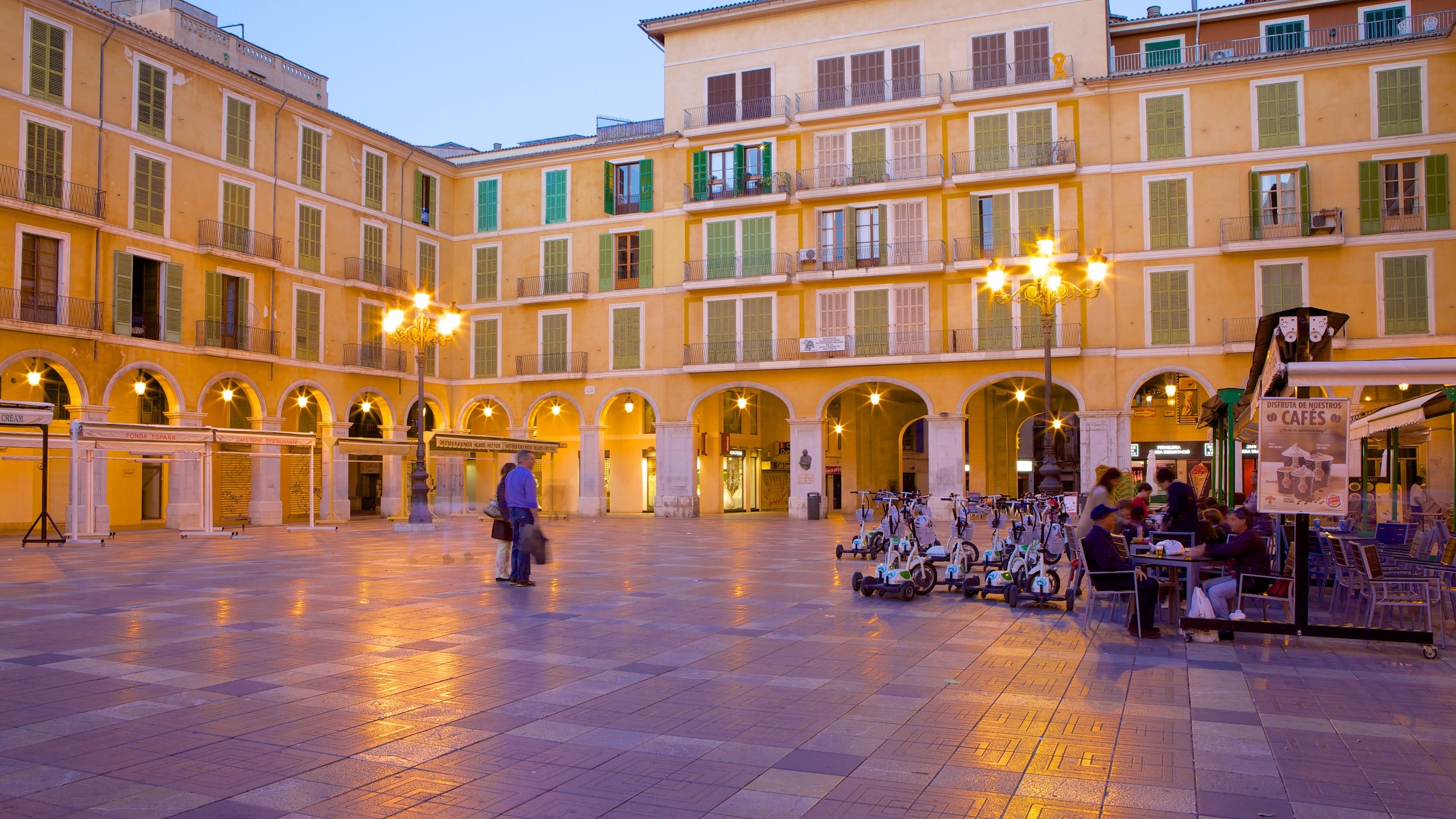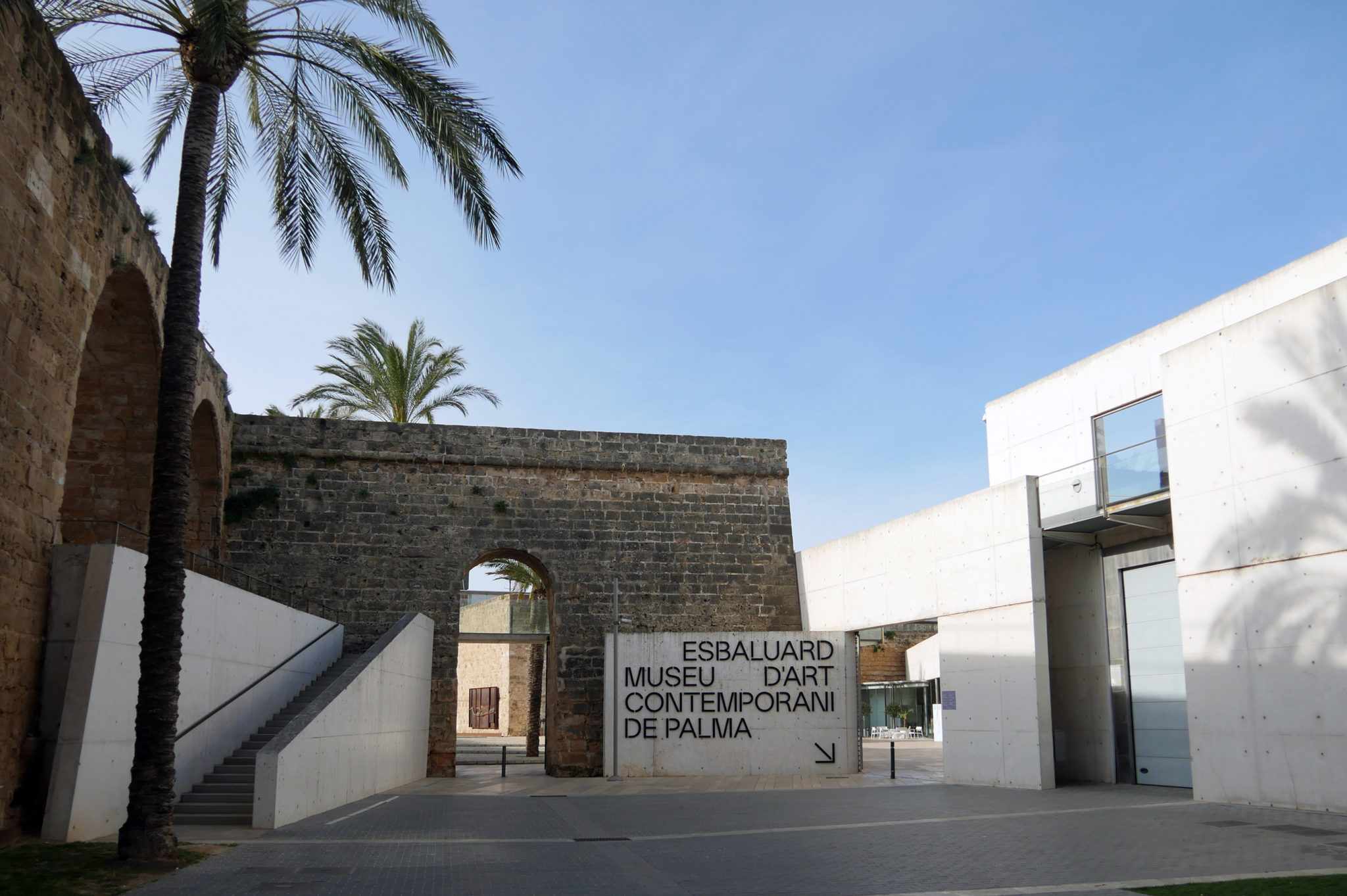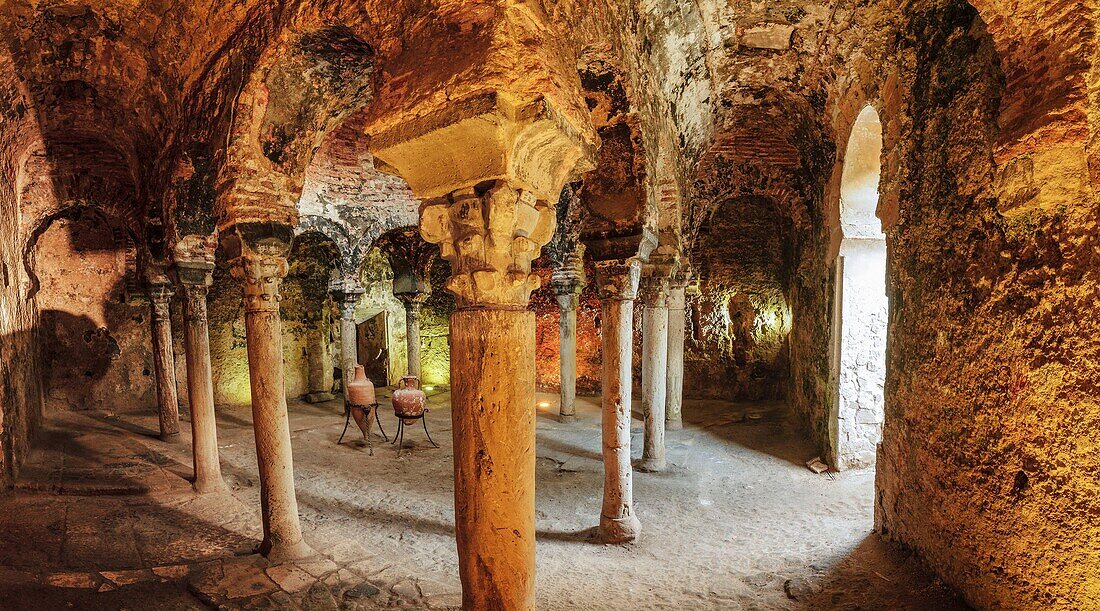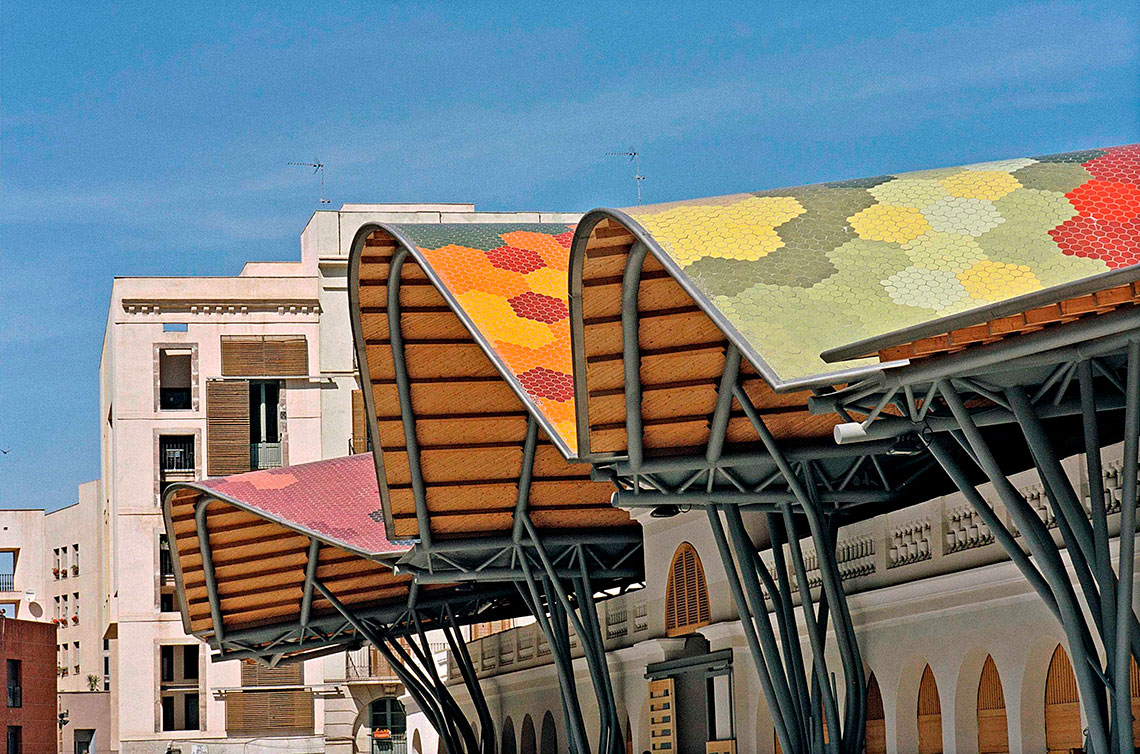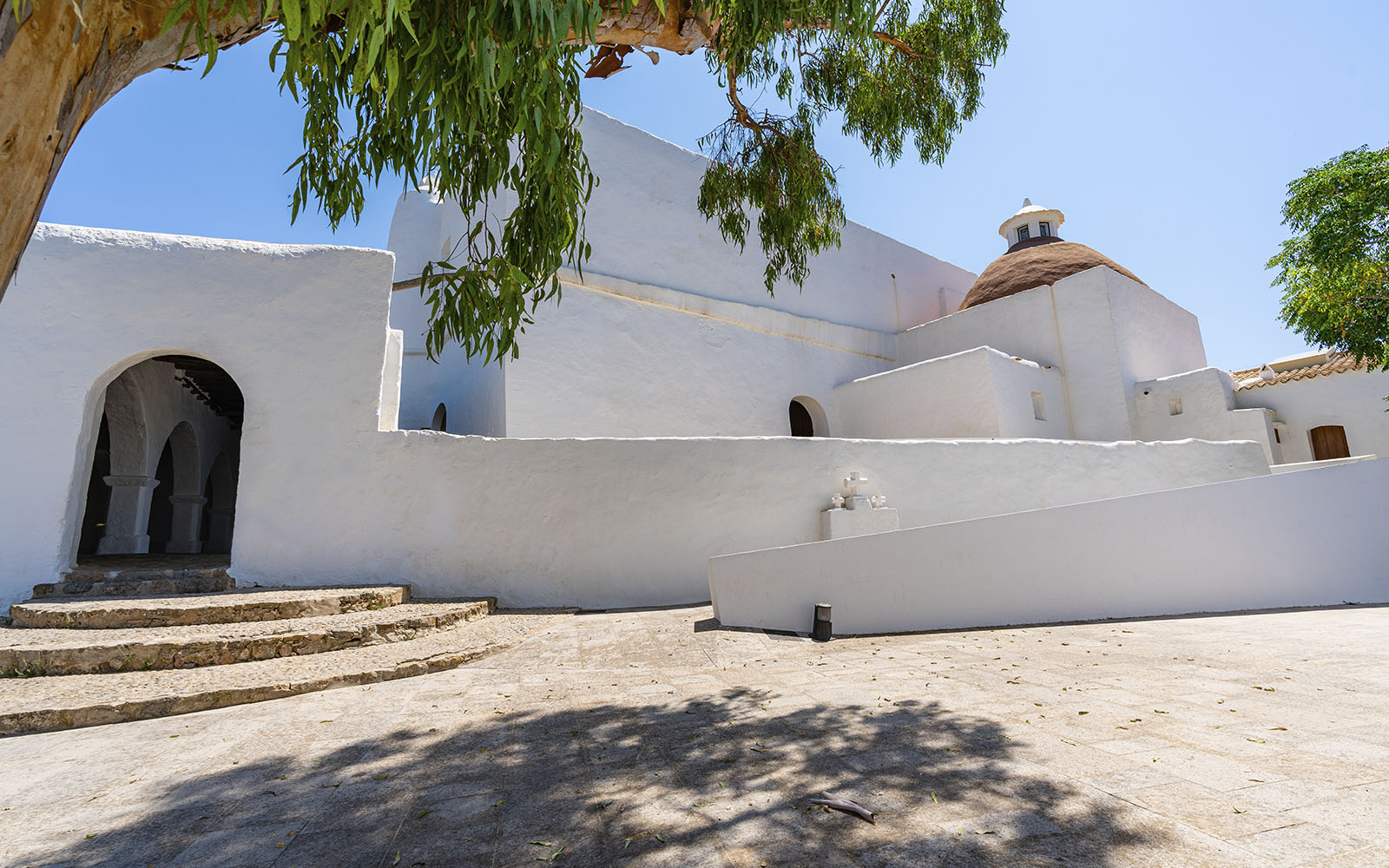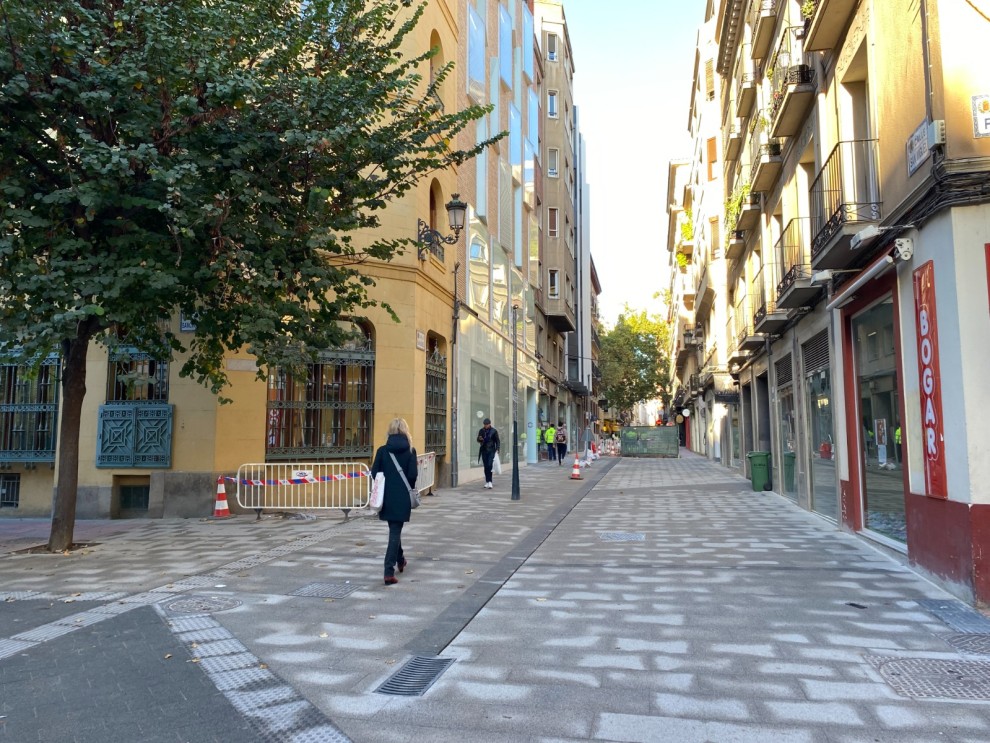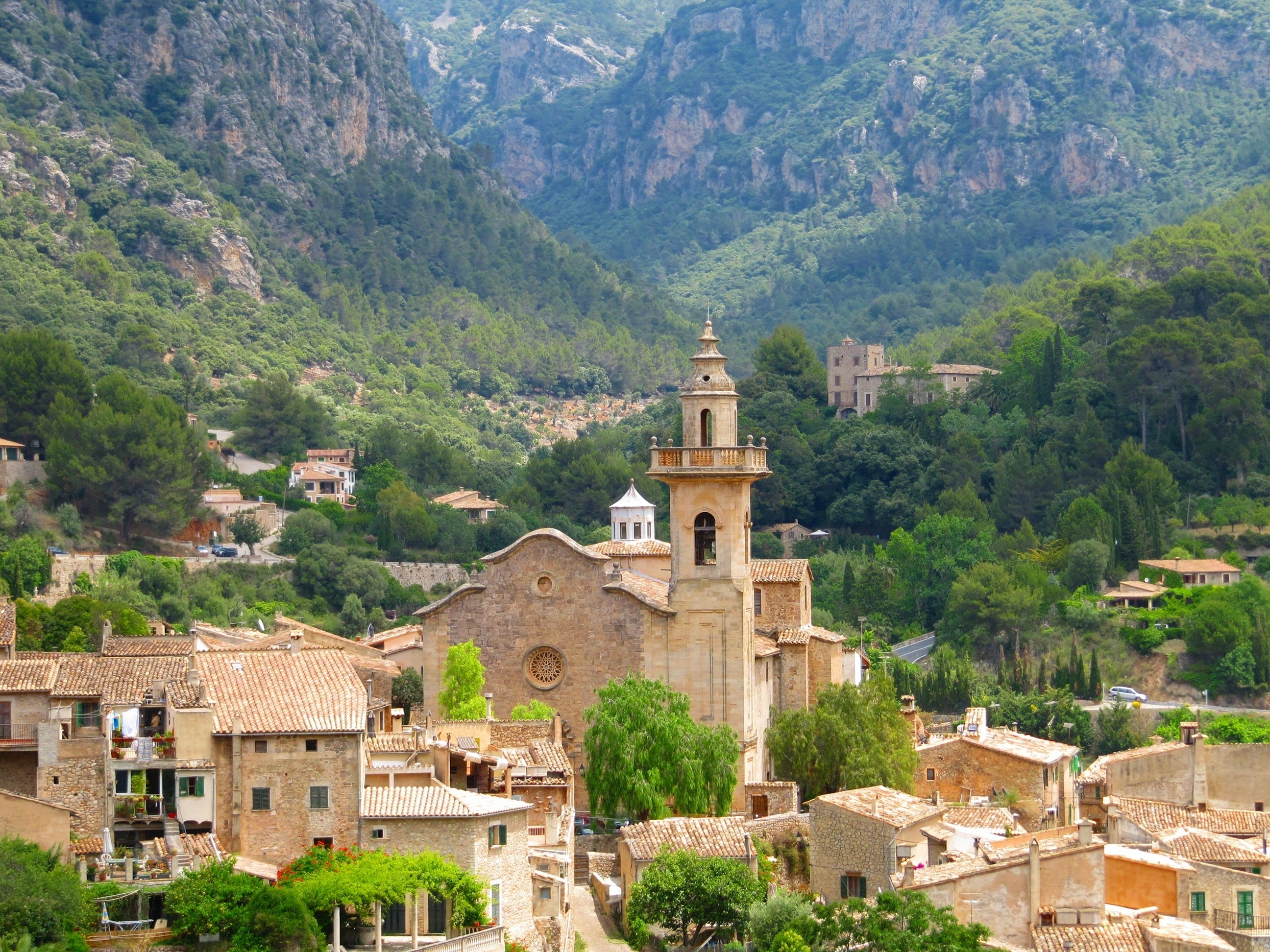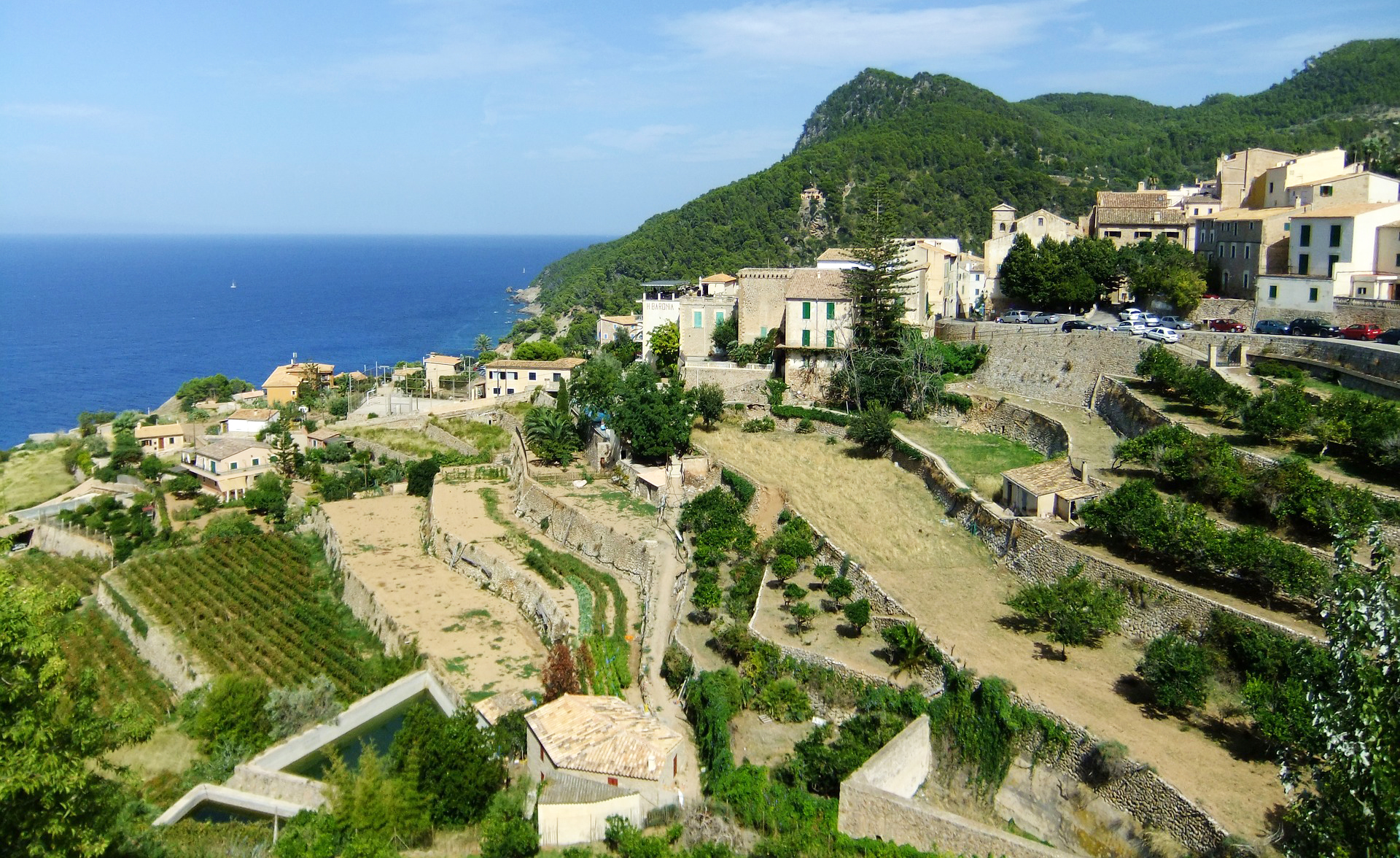What To See In Palma De Mallorca - 17 Sights And Scenes To Savor
If you’re visiting Palma de Mallorca, these 17 essential sights cover all the must-see highlights. Wander through ancient streets, explore artistic neighborhoods, and soak in the city’s unique blend of culture and nature.
Author:Liam JonesReviewer:Sophia HarperNov 16, 20243K Shares82.5K Views
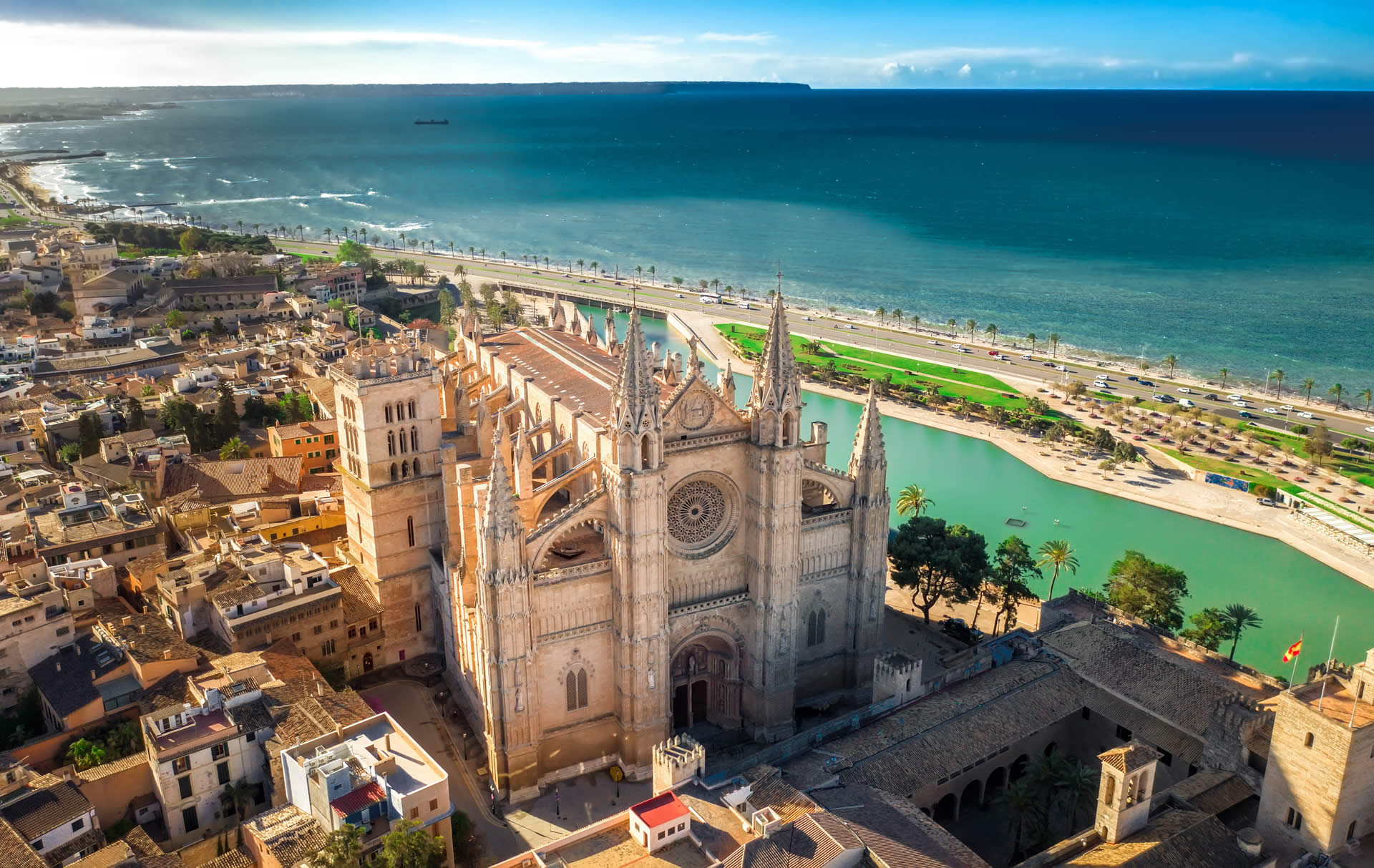
Palma de Mallorca, the lively capital of the Balearic Islands, offers a unique blend of ancient charm and modern vibrancy that captures the heart of every visitor. This Mediterranean city is a treasure trove of experiences, where Gothic architecture, vibrant neighborhoods, and breathtaking coastal views create an unforgettable destination. Known for its iconic landmarks, Palma invites you to explore its rich past alongside a thriving arts scene and a dynamic food culture.
1. La Seu Cathedral
La Seu Cathedral, Palma's Gothic gem, stands proudly near the sea, with its towering 44-meter nave and stunning stained-glass windows. Constructed in the 13th century, its impressive rose window is one of the largest in the Gothic world.
Antoni Gaudí’s architectural contributions in the early 20th century added to the cathedral’s allure, blending traditional and modern design elements. For those up for the climb, the rooftop views offer a 360-degree panorama of Palma and the Mediterranean, creating an unforgettable experience.
2. Bellver Castle
Situated on a hill three kilometers from Palma, Bellver Castle is one of Europe’s only circular castles. Built in the 14th century as a royal residence, it later became a military prison.
Today, the castle serves as a museum, presenting Palma’s history. A walk around its ancient walls at sunset reveals panoramic views of the city, harbor, and lush pine forests, making it a photographer’s delight and a highlight among Mallorca’s top travel destinations.
3. Almudaina Palace
A short walk from La Seu, Almudaina Palace offers a fascinating journey through Palma’s Moorish past. Originally built during the Arab rule, it was transformed in the 14th century into a Gothic palace.
The beautifully decorated rooms, grand tapestries, and peaceful inner courtyards filled with palm trees can be seen in the Palace. On the last Saturday of each month, the ceremonial changing of the guard adds a touch of royal tradition, offering a unique experience.
4. Paseo Marítimo
Paseo Marítimo is Palma’s bustling waterfront promenade, perfect for a leisurely walk or bike ride. The tree-lined path stretches along the harbor, filled with cafes, luxury yachts, and bustling nightlife. Cycling along the Paseo allows visitors to admire the open sea views, with stops at cafes and local bars for a refreshing break.
5. Palma’s Old Town
Palma’s Old Town is a historic maze of cobblestone streets and centuries-old buildings. This area, also known as El Casco Antiguo, features unique plazas, quaint shops, and cozy cafes.
Wander through the Jewish Quarter, a part of Palma’s heritage with narrow streets and ancient architecture, and stop by Plaza Cort to see the 600-year-old olive tree. Exploring Old Town’s medieval charm is a true step back in time.
Read Also: What To See In Mallorca
6. Es Baluard Museum Of Modern And Contemporary Art
Built on Palma’s old city walls, Es Baluard Museum offers an extensive collection of contemporary art, showcasing works by Joan Miró, Picasso, and Miquel Barceló. The museum’s architecture is a blend of historic and modern design, with a terrace providing scenic views of Paseo Marítimo and the sea. Es Baluard also hosts temporary exhibitions, cultural events, and educational programs, making it a cultural hub in Palma.
7. Arab Baths (Banys Arabs)
Hidden within Palma’s Old Town, the Arab Baths are a rare remnant of the city’s Moorish era. The structure features brick arches, stone columns, and a semi-spherical dome, all of which create a peaceful ambiance. Surrounded by lush gardens, this historical site invites visitors to pause and imagine Palma’s ancient past. A visit here is a quiet yet culturally rich experience.
8. Mercado De Santa Catalina
Mercado de Santa Catalina is Palma’s go-to spot for fresh, local produce and authentic Mallorcan flavors. This lively market is filled with vendors selling everything from seafood to spices.
Sampling Mallorcan delicacies, like sobrasada and ensaimadas, provides a taste of the island’s culinary heritage. The market’s central location makes it a great starting point for exploring the vibrant Santa Catalina neighborhood.
9. Joan Miró Foundation
Located in Miró’s former studio, the Joan Miró Foundation is dedicated to the renowned artist’s life and work. The museum houses an impressive collection of his paintings, sculptures, and sketches, offering insight into his creative process.
Art lovers will appreciate viewing his lesser-known works and unfinished pieces. The studio space and scenic surroundings add depth to this immersive experience.
10. Plaça Major
Plaça Major serves as Palma’s central square, with its vibrant atmosphere and surrounding cafes, shops, and artisan markets. This historic plaza was once the site of the Inquisition in the 18th century, and today, it is a lively area perfect for people-watching and enjoying a coffee. Seasonal markets and events bring additional excitement, making it a favorite gathering spot for locals and tourists alike.
11. Parc De La Mar
Beneath the imposing La Seu Cathedral lies Parc de la Mar, a spacious park with a saltwater lake that mirrors the cathedral’s reflection. It’s a popular location for picnics, festivals, and cultural events. The park’s tranquil environment, coupled with stunning views of Palma’s skyline, creates an ideal setting for relaxation amidst the city’s vibrant energy.
12. Santa Eulalia Church
Santa Eulalia Church is among Palma’s oldest churches, featuring an impressive Gothic structure and vibrant stained-glass windows. Inside, the church houses unique sculptures and religious artworks, adding to its charm. Its peaceful ambiance and historical significance make it a lesser-known gem worth visiting, especially for those interested in Palma’s religious history.
13. Calle San Miguel
Calle San Miguel is a bustling shopping street that offers a taste of Palma’s local culture. Lined with boutiques, cafes, and artisan stores, this pedestrian street is ideal for picking up unique souvenirs. Calle San Miguel provides an authentic shopping experience, blending traditional Mallorcan goods with modern styles.
See Also: 32 Famous Landmarks In Spain
14. The Royal Carthusian Monastery In Valldemossa
Just a short drive from Palma, The Royal Carthusian Monastery in Valldemossa is famous as the residence of composer Frédéric Chopin. Visitors can explore its historical rooms, charming gardens, and preserved artifacts from the 17th century. Found in the mountains, this monastery offers a peaceful retreat with a breathtaking view of the surrounding landscapes.
15. Banyalbufar Terraces
Banyalbufar, known for its dramatic terraced hillsides, offers panoramic coastal views. These ancient terraces were originally built for agricultural purposes, and they now form one of the most beautiful landscapes in Mallorca. This area is perfect for scenic photography, with viewpoints offering a serene look at Mallorca’s unique agricultural heritage and coastal beauty.
16. Playa De Palma
For beach lovers, Playa de Palma provides a long, sandy stretch ideal for sunbathing, swimming, and beachside dining. It’s one of Mallorca’s most accessible beaches, with clear waters and numerous restaurants nearby. Mornings are particularly pleasant for those seeking a quieter beach experience before the crowds arrive.
17. Pueblo Español
A unique architectural museum, Pueblo Español showcases life-sized replicas of Spain’s most iconic buildings. Walking through its cobblestone streets and plazas, visitors can appreciate the country’s diverse architectural styles in one place. The museum often hosts cultural events and exhibitions, adding to its appeal as a memorable attraction in Palma.
Frequently Asked Questions
What’s The Best Time Of Year To Visit Palma De Mallorca?
The ideal time to visit Palma is during spring (April to June) or early autumn (September to October) when the weather is warm, and crowds are fewer.
How Can I Travel Around Palma Most Efficiently?
Palma has an efficient public transport system, including buses that cover most areas. Exploring on foot or by renting a bike is also ideal, especially for the Old Town.
Are There Any Free Attractions In Palma De Mallorca?
Many attractions such as Plaça Major, Paseo Marítimo, and Parc de la Mar are free to explore.
What Local Foods Should I Try While Visiting?
Make sure to try local specialties like ensaimadas, sobrasada, and fresh seafood from the Mercado de Santa Catalina.
Is Palma De Mallorca Suitable For Family Vacations?
Definitely. With its beaches, parks, and family-friendly sites like Pueblo Español, Palma offers activities suitable for all ages.
What Are The Best Day Trips From Palma?
Valldemossa, Soller, and Deia are popular day trips, each offering unique landscapes, cultural heritage, and charming town vibes.
Are There Guided Tours Available For The Main Attractions?
La Seu Cathedral, Bellver Castle, and the Old Town offer guided tours for added insight into their historical significance.
What’s The Best Area To Stay In Palma De Mallorca?
The Old Town and areas near Paseo Marítimo are ideal for their proximity to main attractions. Santa Catalina is another great option, known for its lively atmosphere and vibrant local culture.
Conclusion
Palma de Mallorca embodies the essence of the Mediterranean, where history, culture, and natural beauty converge to offer an extraordinary experience. With an inviting combination of sunlit beaches, lush parks, and charming neighborhoods, Palma creates a tapestry of experiences that appeal to travelers from all walks of life.
Palma’s inviting mix of old and new, of peaceful retreats and lively squares, captures the spirit of the Balearic Islands. Embark on your adventure through Palma’s streets, terraces, and coastal promenades, and let this captivating city reveal its many wonders.
You Might Like: Top Attractions In Santiago De Compostela
Jump to
1. La Seu Cathedral
2. Bellver Castle
3. Almudaina Palace
4. Paseo Marítimo
5. Palma’s Old Town
6. Es Baluard Museum Of Modern And Contemporary Art
7. Arab Baths (Banys Arabs)
8. Mercado De Santa Catalina
9. Joan Miró Foundation
10. Plaça Major
11. Parc De La Mar
12. Santa Eulalia Church
13. Calle San Miguel
14. The Royal Carthusian Monastery In Valldemossa
15. Banyalbufar Terraces
16. Playa De Palma
17. Pueblo Español
Frequently Asked Questions
Conclusion

Liam Jones
Author
Liam Jones has made it his mission to prove that adventure doesn’t need a hefty budget. Having traveled to over 40 countries, he specializes in finding affordable ways to experience the world, from the best street food in Bangkok to hidden gems in Lisbon.
Liam’s travel tips have reached thousands of readers, empowering them to see the world on a shoestring budget without sacrificing quality. With a deep passion for local cultures, he continues to share his travel hacks, ensuring adventure remains accessible to all.

Sophia Harper
Reviewer
Sophia Harper’s photography acts as a portal to the soul of the places she visits. Drawn to South America’s landscapes and cultures, she has spent years capturing everything from the majesty of ancient ruins to the vibrancy of urban streets.
Sophia’s work isn’t just about documenting moments; it’s about evoking the emotions and stories behind them. A dedicated photographer, she has worked with local communities across South America to capture their rich cultural narratives through her lens.
Latest Articles
Popular Articles
